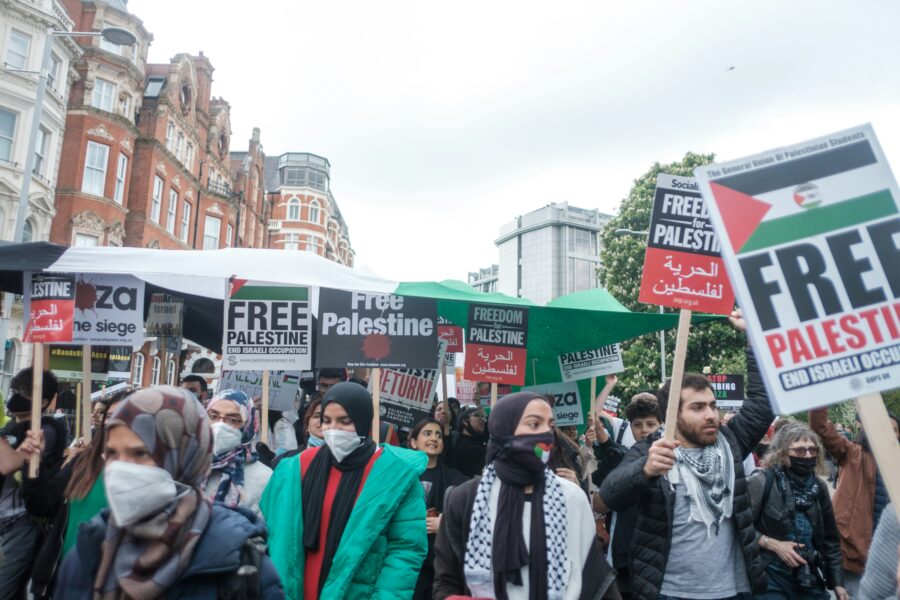
The first six-week phase of the Israel-Hamas ceasefire has allowed a substantial increase in humanitarian aid to reach Gaza. Still, there are growing concerns about whether the region will reach the “permanent ceasefire” phase.
When Israeli Prime Minister Benjamin Netanyahu met with US President Donald Trump to discuss the ceasefire’s second stage, Trump’s surprise announcement that he expected Gaza to be taken over by the United States and Gaza’s residents to be moved to other countries while Gaza is developed into the “Riviera of the Middle East”, has thrown into question the original three-phase plan.
“There are growing concerns about whether the region will reach the “permanent ceasefire” phase.”
The first phase of the ceasefire has allowed a temporary respite for Gazans who have been under near constant bombardment since the war broke out on 7 October 2023 after Hamas-led gunmen launched an unprecedented surprise attack on Israeli civilians and took 251 hostages.
Since the start of the ceasefire, 4,200 trucks carrying aid have entered Gaza each week, according to the United Nations World Food Program. Before the ceasefire, there was a daily average of only around 100 aid trucks, and on some days, as few as 20 or 30 aid trucks entered Gaza, according to the UN. The World Food Programme stated that the aid trucks managed to disperse more food to the Palestinians in four days than during any month of the war.
While the availability of food, water, and medical necessities has improved conditions, the enclave continues to face a severe humanitarian crisis. The UN, along with the British Red Cross, estimate that 90% of housing units in Gaza are unliveable. Entire districts have been razed to the ground. Further findings from the Red Cross have shown that 90% of the population has been displaced, 96% of people do not have enough food, there are “acute shortages” of water, and the healthcare system is on the edge of collapse.
“The World Food Programme stated that the aid trucks managed to disperse more food to the Palestinians in four days than during any month of the war.”
Eighteen hostages have been freed since the ceasefire began, and Israel has released 383 prisoners in return. A total of 33 hostages and 1,900 prisoners are planned to be released by the end of the first stage of the ceasefire.
The second phase of the multiphase agreement aims to secure the release of remaining hostages and the withdrawal of Israeli troops from Gaza. Negotiations have started regarding the second phase of the deal.
However, following Trump’s interventions and recent claims during his meeting with Netanyahu, there is still substantial uncertainty about the original ceasefire agreement and the durability of the current peace.


